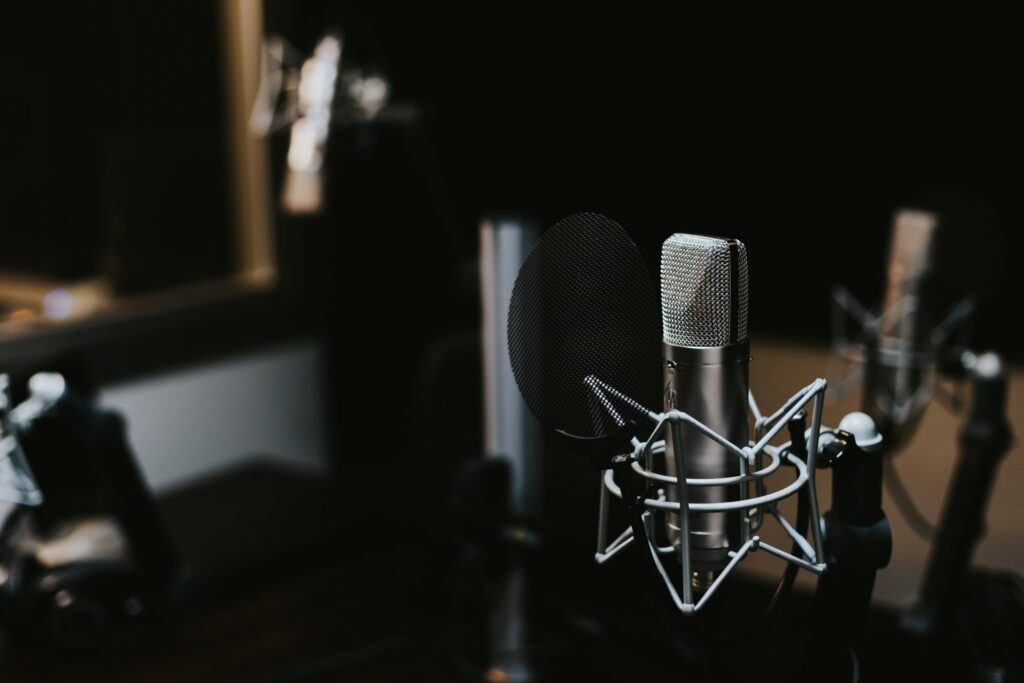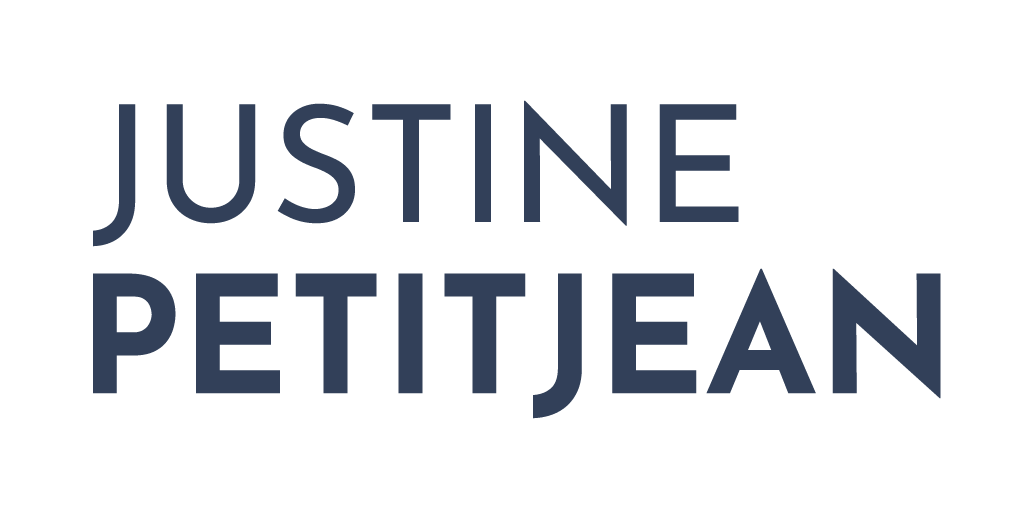In the world of radio, voice-overs play a crucial role in creating a captivating auditory experience for listeners. With no image, everything relies on sound, and therefore, the voice. Whether announcing programmes, presenting advertisements or telling stories, voice-overs bring a unique dimension to broadcasting.
Creating a distinctive sound identity
Radio voice-overs play an essential role in creating a distinctive audio identity for a station. Every radio station wants to stand out from the competition and be instantly recognisable to listeners. A well-chosen voice can become a key element of this audio identity.
Radio voice-overs play an essential role in creating a distinctive audio identity for a station. Every radio station wants to stand out from the competition and be instantly recognisable to listeners. A well-chosen voice can become a key element of this audio identity.
When people turn on the radio, the first thing that strikes them is the voice that speaks to them. A distinctive, warm, energetic or even eccentric voice can immediately attract the attention and interest of listeners. This voice becomes an integral part of the radio experience and creates an emotional connection with the audience. Loyal listeners to a radio station can often instantly recognise the voice of a specific presenter or voiceover, even before they are introduced.
As well as the voice itself, technical elements such as sound quality, equalisation and the use of specific sound effects can help to create a distinctive sound identity. For example, some radio stations may choose to use voice-overs with subtle reverb to give an impression of space and depth to their sound. Others may prefer clearer, crisper voices for a more modern, professional approach.
In addition to the identity of the station as a whole, voice-overs can also contribute to the identity of specific programmes. For example, an alternative music programme might have a young, energetic voiceover to match its target audience, while a political talk show might opt for a more serious, authoritative voiceover.

Each show has its own personality
On any given radio station, there is a plethora of different programmes dealing with a wide variety of subjects. As a result, the programme packaging will be different and personalised according to the image conveyed by the programme.
But first of all, what’s the difference between radio packaging and programme packaging?
Radio packaging (or sound packaging) refers to all the sound effects applied to a radio station, from jingles and time slots to programme packaging. So yes, programme packages are part of radio packaging.
Programme wraps refer to all sound effects, but for a programme within that radio station. These include the programme jingle, the programme intro and outro, brief sound elements throughout the programme to hold the listener’s attention, etc.
And what about the voice-over? Well, take a programme broadcast on Wednesday afternoons and aimed at a fairly young audience. The voice used for the intro or outro of this programme will be drastically different from the one chosen for a programme broadcast at night and whose concept is based on horror stories! Although there’s nothing to stop a voiceover actor from lending his or her voice to both programmes, albeit in a totally different style!
Voice-overs add a dimension of personality to radio programmes. Radio presenters can also use voice-overs to create fictional characters or bring interviews to life using different voices. This makes programmes more dynamic and engaging for listeners. Voice-overs can also add humour, emotion or suspense, creating an immersive radio experience.
My voice on the radio
I recently became the official voice of RJR radio in Reims. I started by doing a few occasional voices for them, such as announcements of events taking place in the region, concerts, and then more recently two programme wraps.
In the interests of modernity, they wanted to change their on-air voice.
But what is a ‘modern radio voice’? Well, here again, it’s very subjective and depends, among other things, on the target audience. For the RJR team, they were looking for a young voice, but above all a natural voice, as if (and I do mean as if) no effort had been made to record this voice, almost with a phlegm in the voice. After several discussions, we came to the conclusion that podcasts were taking up more and more space compared to radio. And the people who host or dress up the podcasts, who don’t necessarily come from radio, are above all offering content, not a particular voice or advanced technique. Listeners are increasingly used to hearing voices that sound like they do in everyday life, with no frills.
After several trials, we managed to find the right mix of ‘natural’, but of course professional. And here we are:

